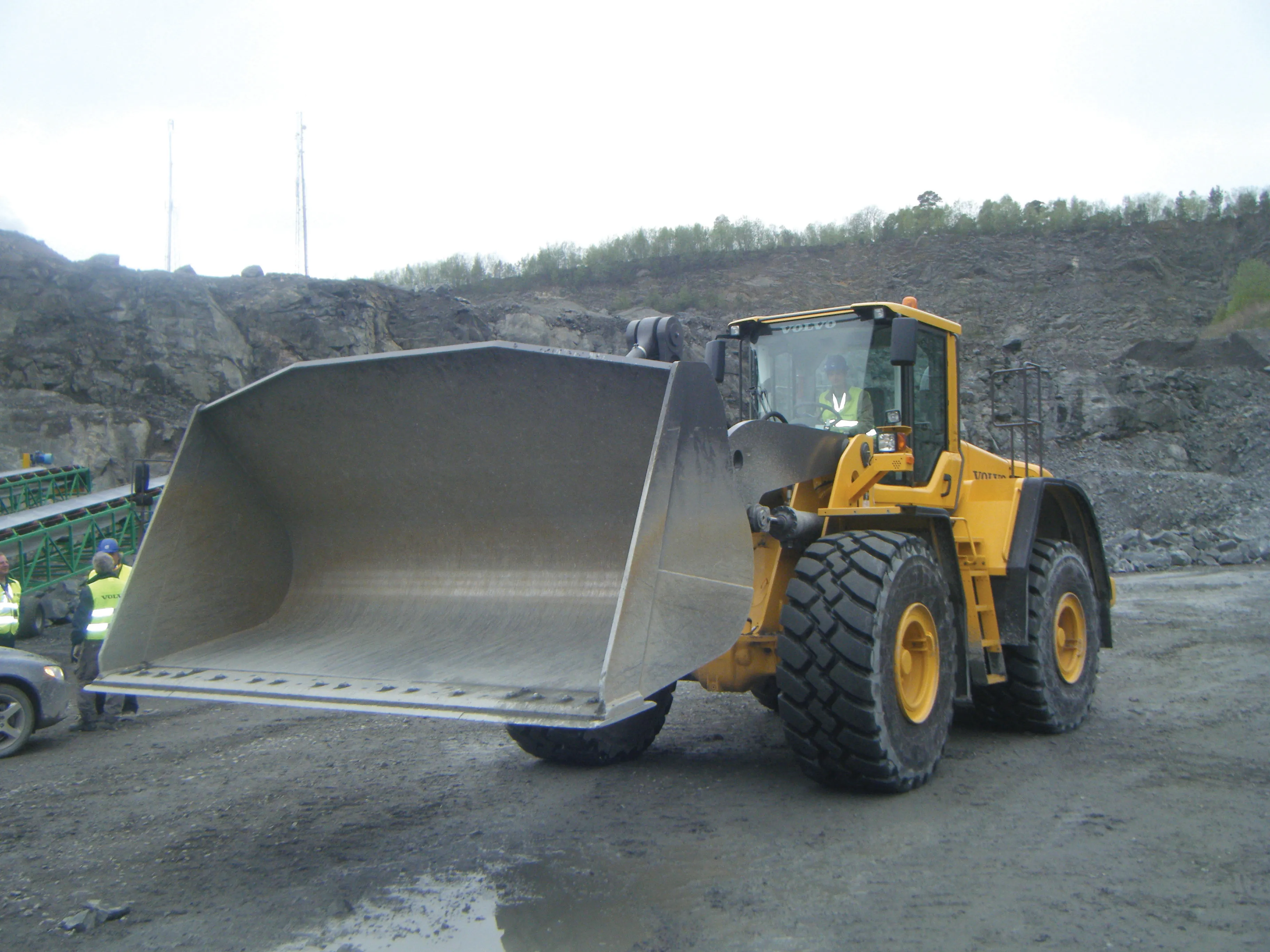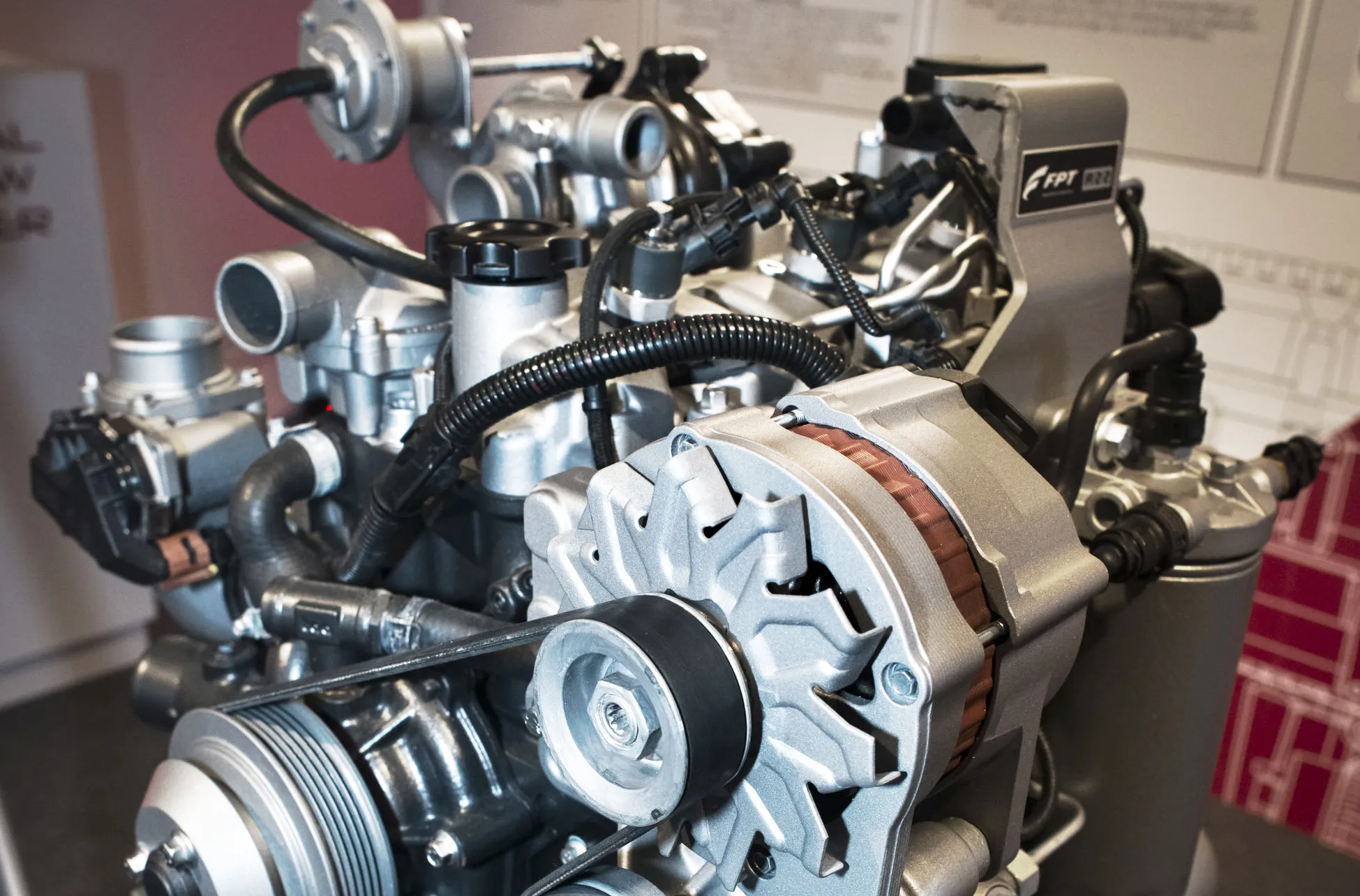An increasing number of clients are looking to move away from surface dressing on estate roads or in urban areas, with tight turning circles and cul-de-sacs, or on small rural roads with restricted access.
Colas has addressed this by adding a new microsurfacing machine, 4.5m long with a laying box of 2.2m extendable up to 3m wide. This is compared to other applicators which can be up to 12m long and with a laying box of up 3.9m.
January 4, 2016
Read time: 2 mins

An increasing number of clients are looking to move away from surface dressing on estate roads or in urban areas, with tight turning circles and cul-de-sacs, or on small rural roads with restricted access.
184 Colas has addressed this by adding a new microsurfacing machine, 4.5m long with a laying box of 2.2m extendable up to 3m wide. This is compared to other applicators which can be up to 12m long and with a laying box of up 3.9m.
The new midi machine is a completely refurbished machine that was taken off the road in 2002 due to changes in types of workload. Modern machines tend to be built to cope with larger schemes to achieve higher outputs.
The midi machine has a 2.5m3 capacity on a rigid chassis twin-steer tractor unit. This, plus its smaller size, makes it an ideal addition to the Colas microsurfacing fleet. This machine can cope with smaller urban estate work and tight rural locations and minimise the need for almost all hand lay work.
The machine is ideal for a Colas microsurfacing contract in Hertfordshire where the company is completing 900,000m2 of works, much on small estates with limited access.
The new midi machine is a completely refurbished machine that was taken off the road in 2002 due to changes in types of workload. Modern machines tend to be built to cope with larger schemes to achieve higher outputs.
The midi machine has a 2.5m3 capacity on a rigid chassis twin-steer tractor unit. This, plus its smaller size, makes it an ideal addition to the Colas microsurfacing fleet. This machine can cope with smaller urban estate work and tight rural locations and minimise the need for almost all hand lay work.
The machine is ideal for a Colas microsurfacing contract in Hertfordshire where the company is completing 900,000m2 of works, much on small estates with limited access.









